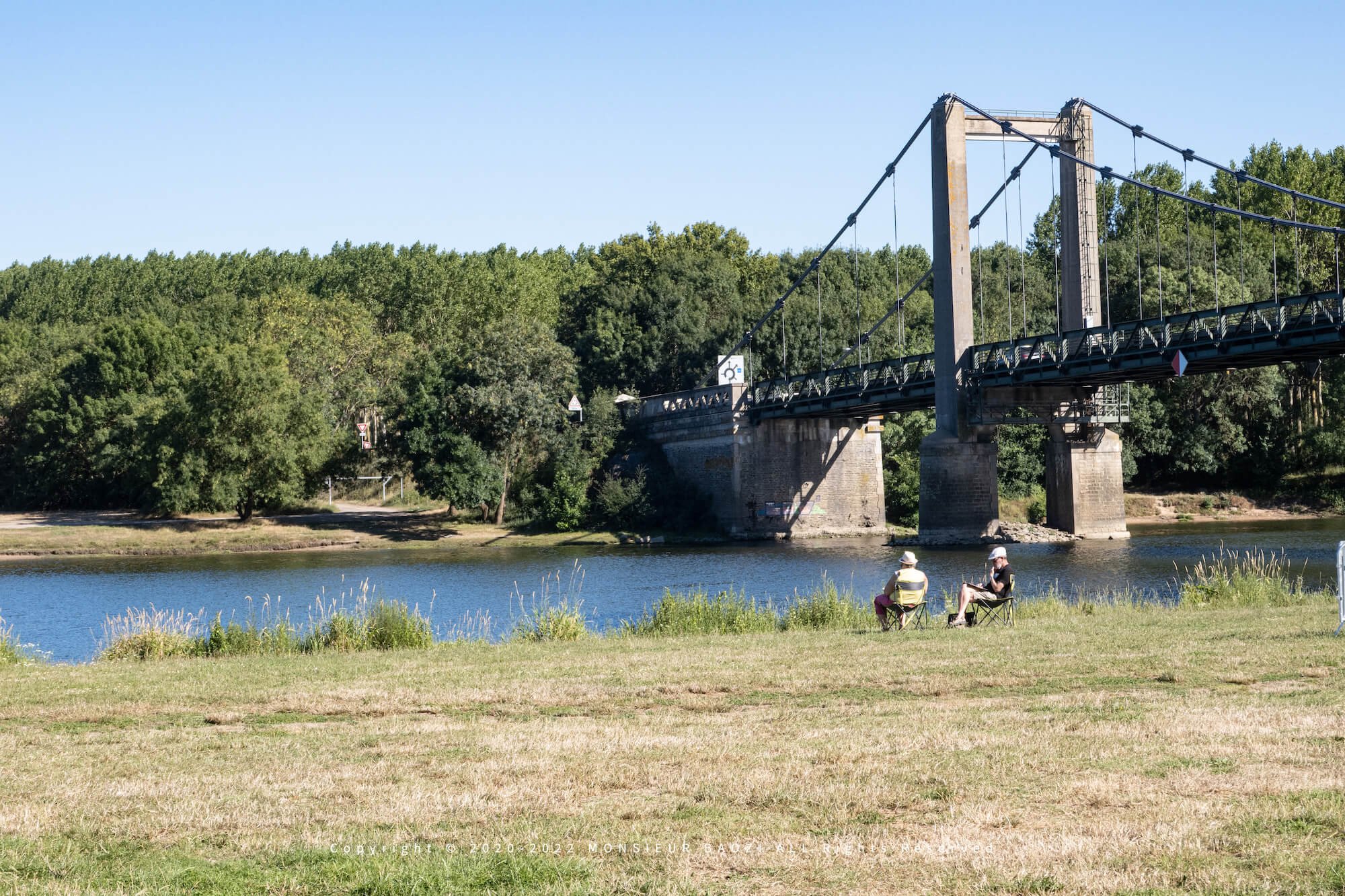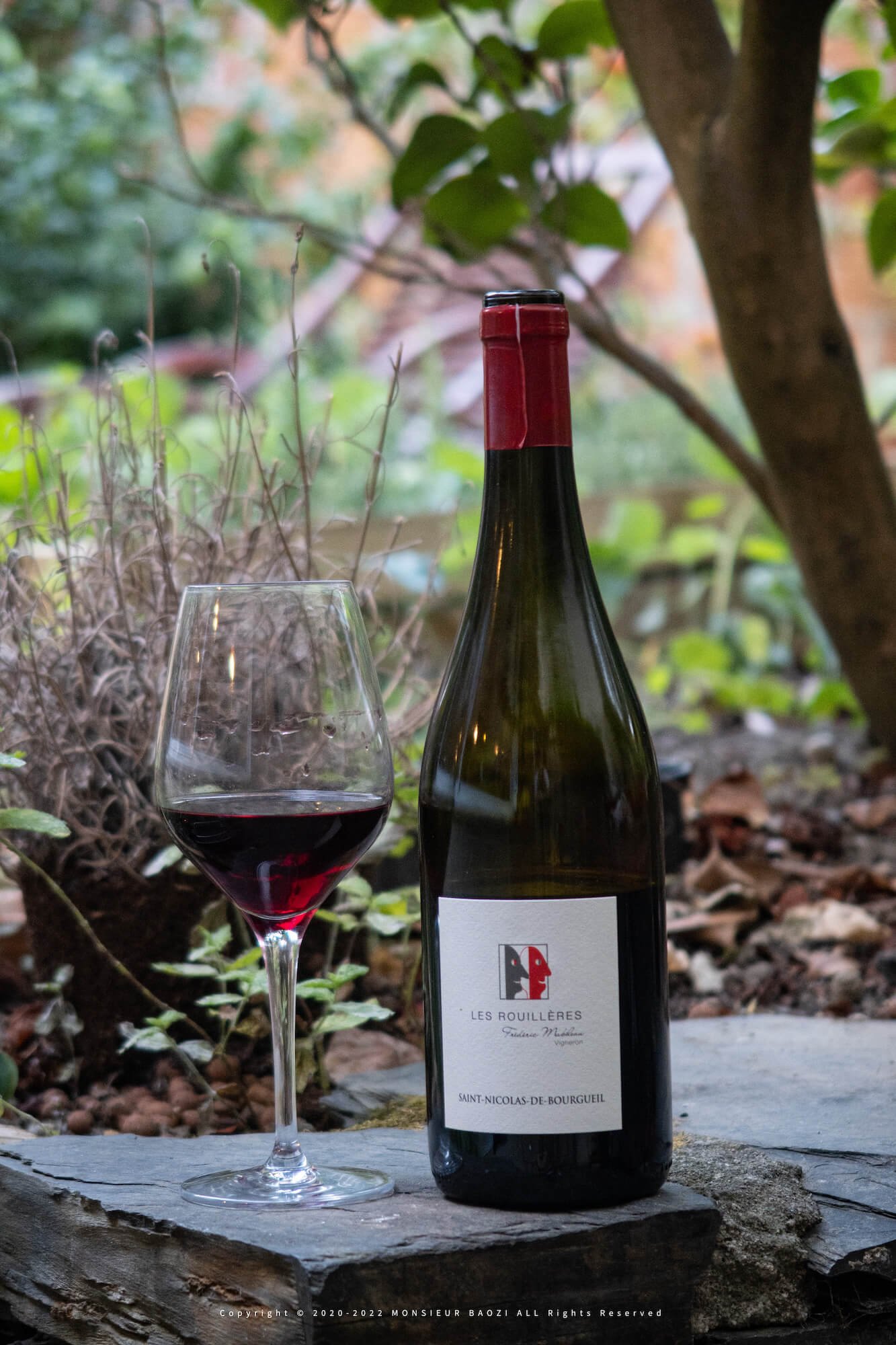What Makes Chenin Blanc and Cabernet Franc So Great in the Loire Valley?
The Maine river near Savennières, tributary of the Loire river
Any wine lover knows it: chenin blanc and cabernet franc are two grape varieties that can be found almost everywhere on the planet today, but it is in the Loire Valley that they express their full potential. But then what is there in this region that makes these two grape varieties so popular?
Originally from Angers (Anjou’s main city), I recently returned to my hometown and I could not help but go, once again, to meet some winemakers. Here, in Anjou and Saumur vineyards, the wine industry shares a 1000 years old heritage. Vine culture is something important here, as evidenced by the large number of wineries and the important place wine is occupying in the local culture.
Map of the Loire Valley, from Clermont Ferrand (East) to Nantes (West))
Anjou Noir vs Anjou Blanc
Château d’Angers, dating back to the 9th century
To understand the singularity of the Anjou region, you just have to contemplate the medieval fortified castle of the capital of Anjou: Angers. You will notice a contrast between the two different stones used: Schist (dark) and Tuffeau (white), this limestone from the Loire Valley massively extracted for construction.
A large part of the explanation concerning the differences in style between the wines produced in Anjou therefore comes from… the soil. Anjou « blanc » (white in English) is the eastern part of Anjou: its soil is mainly composed of limestone, gravel and sand. Anjou « noir » (black) refers to the soil found to the west of Anjou, towards Brittany. Here, the darker soils contain a significant proportion of Schists, also used for construction.
To understand the differences between these two terroirs illustrated it’s useful to consider two estates that make 100% use of the specificities of the terroir where their vines are growing and respect their heritage—but also innovate and bring a contemporary touch that the Loire Valley vineyard needs to gain in popularity outside its geographical limits.
Damien Laureau in Savennières, prestigious appellation of Anjou noir
Meeting Damien Laureau, shinning star in Savennières
The vineyard of the AOC "Savennières" is located in a small geographical area, on the right bank of the Loire, about fifteen kilometers south-west of the city of Angers, bringing together around 30 wineries.
In Savennières, Chenin Blanc prevails: it is the only grape variety authorized for the 3 AOCs produced there: "Savennières", and the most restrictive: "Savennières Roche aux Moines" and "Savennières Coulée de Serrant"
Damien Laureau is, like the Savennières vineyard, a rather discreet personality.
Damien founded the Laureau estate in 1999 (6 Ha, 100% organic) which has been focusing for 23 years on the production of Savennières only, that is to say as a reminder: white wines from the grape variety chenin blanc. "The specificity of the soil of Savennières, as part of the "Anjou Noir", is characterized by the presence of schists which have the particularity of draining water very well. When it rains, the majority of the water will go to the Loire and does not stay in the ground, which constitutes a « water stress » forcing the plants to seek water from deeper depths. Inevitably, the yields are reduced which reinforces the strength and the concentration of matter in our grapes, and ultimately in the wines. Schist soils are also sending heat more deeply, producing powerful and chiseled wines,” explains Damien.
Between "Le Bel Ouvrage" and "Les Genêts" therefore, it is the soil that makes the difference, made up of Schists and Rhyolites (a volcanic rock) for the first, and Schists and sands for the second. A rather opulent style with ripe fruit for one, and more lively and herbaceous for the other. "For aging, we choose long aging in oak barrels combined with refining in jars of grass. We do not use new barrels in order to keep the vitality and minerality of our wines intact. The refining in grai comes, like sandpaper, to eliminate the last small defects in order to give our wines an even more delicate touch.
A wine to try: Savennières "Le Bel Ouvrage", from a plot overlooking the Loire, facing south. The attack is lively, we find aromas of exotic fruits (roasted pineapple) and a salinity that quickly evolves towards very slightly toasted and persistent notes.
Domaine Frederic Mabileau in Saint Nicolas de Bourgueil
The small village of Saint Nicolas de Bourgueil, completely surrounded by vineyards, is a singularity in the Loire Valley, nestled between Anjou and Touraine:
It is the only communal AOC: the wine cannot be produced outside the limits of the village
A production almost exclusively of red wines from the Cabernet Franc grape variety
Here, the soil is mainly composed of gravel, sand and limestone (the famous Tuffeau), and most of the areas are cultivated organically or even biodynamically as in the Frederic Mabileau estate.
“There are three types of terroirs in the Saint Nicolas de Bourgueil appellation. The bottom of the valley with sands and gravels which are in fact alluvium because we are on an old bed of the Loire: we produce fresh, light, easy-to-drink wines there. Going up the hill we find more sands and at the top of the hill a limestone soil in tuffeau where we produce our most prestigious red wine, than can age for more than a decade » says Robin, Export Manager at Frederic Mabileau estate.
A cluster of Cabernet Franc during Véraison, in Saint Nicolas de Bourgueil
The estate also produces some white wine in Saumur, in the "Anjou Blanc" area. Here, the style has nothing to do with Savennières wine, even if the grape variety used is the same. Perhaps this is the beauty of the Chenin grape variety? A "chameleon" variety, adapting to any type of soil, climate and terroirs, developing a different aromatic profile each time..."
“Limestone absorbs water, but not over time, which is favorable for growing vines, particularly for red grape varieties which do not ripen too late. Cabernet Franc thrives wonderfully on limestone soils where it will give power and great aging potential. Chenin blanc, on the other hand, will produce wines that are rounder, more fleshy and less lively than on schistose soils” adds Robin.
Wines to try:
Frederic Mabileau Saumur Blanc "Le Chenin du Puy"
A chenin blanc of great finesse, rich and opulent, with delicate notes of pear and quince. A wine sublimated by aging in wood and sur-lies elevage giving it a typical roundness and brioche aromas.
Saint-Nicolas-de-Bourgueil "les Rouillères"
This is the first cuvée of cabernet franc at Domaine Frederic Mabileau. This wine concentrates everything offered by this very special terroir (a terrace where the Loire has deposited its sand and gravel): freshness, pleasure, fruit... A wine that aims to be simple and pure.
Looking to explore the Loire Valley and discover the wines? According to the Loire Valley wine commission, the Loire witnessed an increase in wine exports in 2021, with 25% exported. To learn more about the wines of the region and plan a trip, visit Loire Valley Wines.








